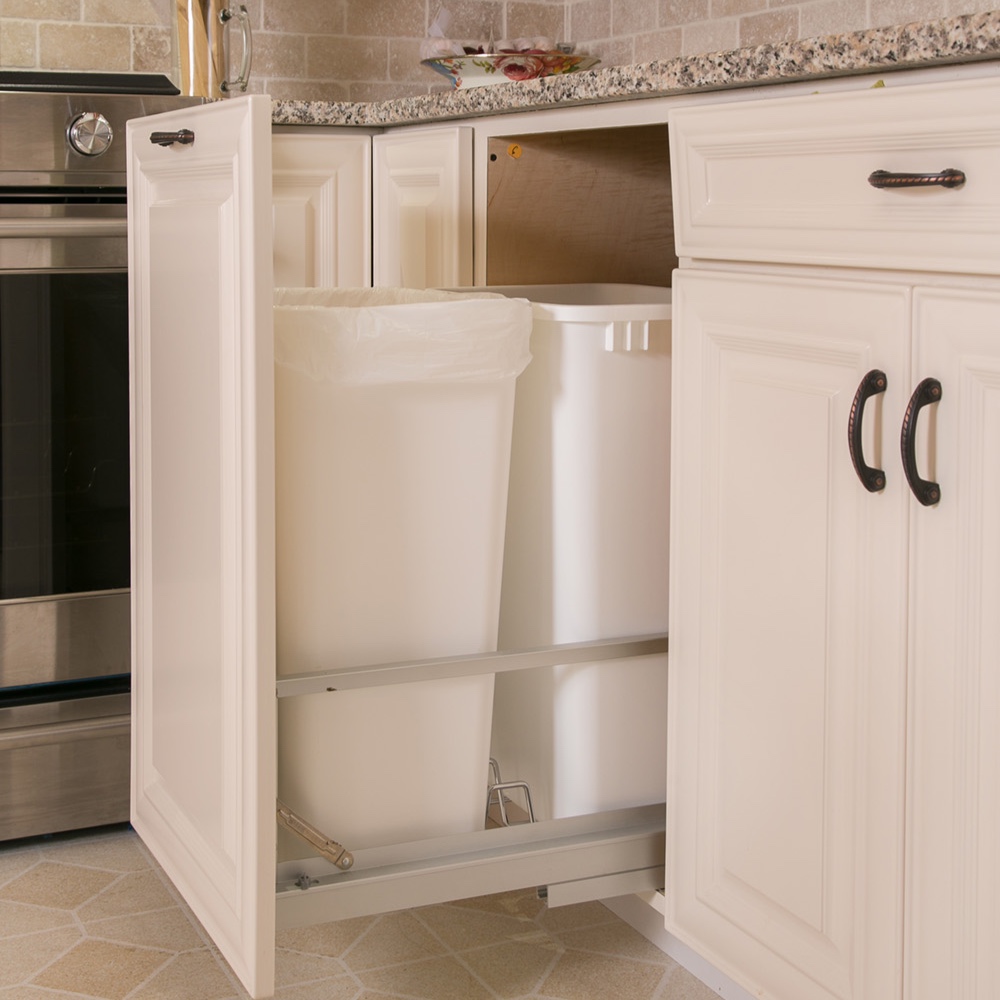As we approach the second anniversary of Covid-19 entering our lives, it feels appropriate to reflect on how we can become the best, healthiest version of ourselves. Since the start of the pandemic, the focus on our wellness has been more prevalent than ever. Most of the general healthy living advice is simple: eat mostly whole & nutritious foods, exercise regularly, sleep well, and manage stress.
In recent years, Americans have stopped cooking at home and it is costing us. Obesity has been labeled an epidemic in the United States since the 1990’s. It is a multifaceted issue with many contributing factors, but the most important ones include lack of activity, a shift in dietary patterns (including larger portion sizes and unprecedented food marketing), and overall busier family lives than ever before. This combination of factors has made healthy, homemade meals feel out of reach for most families. To make matters worse, only 10% of American enjoy cooking!
Sometimes, the most daunting part of cooking a meal includes the preparation and cleanup. Luckily, there are many products available to simplify the process. The goal is to make your kitchen work for you, instead of fighting it! Here are a few examples of how you can accomplish just that:
● Ensure your countertops stay free of clutter to allow you to start preparing food right away.
● Keep spices close by! You can keep them organized in a drawer, a cabinet, or inside of a door to easily add flavor to every meal. Balanced, healthy meals do not have to be boring or bland!
● Designate about an hour of your time for preparing produce once a week. This allows your family to have washed, sliced, and ready-to-eat snacks.
● Put knives, utensils, and cutting boards in the same spot with this handy organizer.
● Take another step out of the preparation process with this cutting board drawer. There is a stopper that can be removed to allow you to dispose of the produce scraps directly into the trash bin below.
● Keep pots and pans organized so you can always access exactly what you need without needing to rearrange your entire cabinet.
● Finally, restore some order to your kitchen by organizing your food storage containers! Having accessible bases and lids means no more rummaging around for a place to keep your leftovers.
These products will all help simplify the food preparation process, from start to finish. Some other helpful tips: maximize storage space and visibility with clear plastic containers in your refrigerator and pantry, plan out your weekly meals to simplify grocery shopping, and (most importantly) be realistic. If you eat out for most meals right now, then gradually scale that number back each week. Remember, perfect inconsistency is better than inconsistent perfection when it comes to living a healthier lifestyle. The foundation of these good habits begins in the kitchen.
What are your favorite tips for healthy eating? Do you have any must-have products for preparing meals at home?



